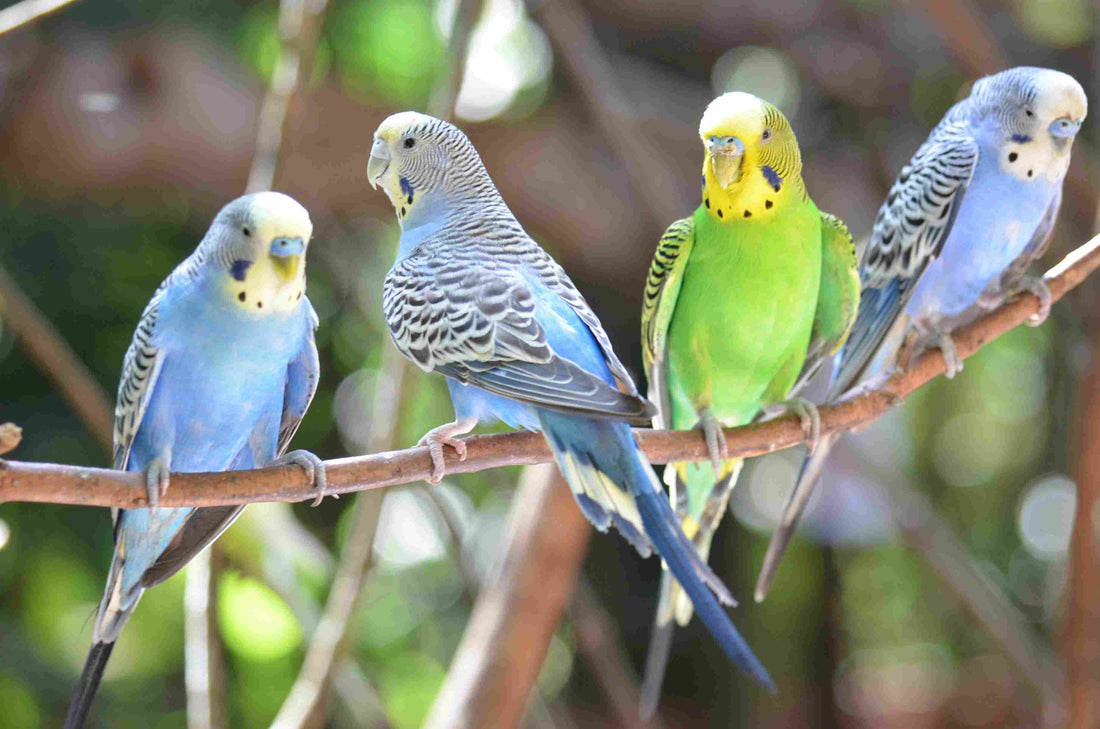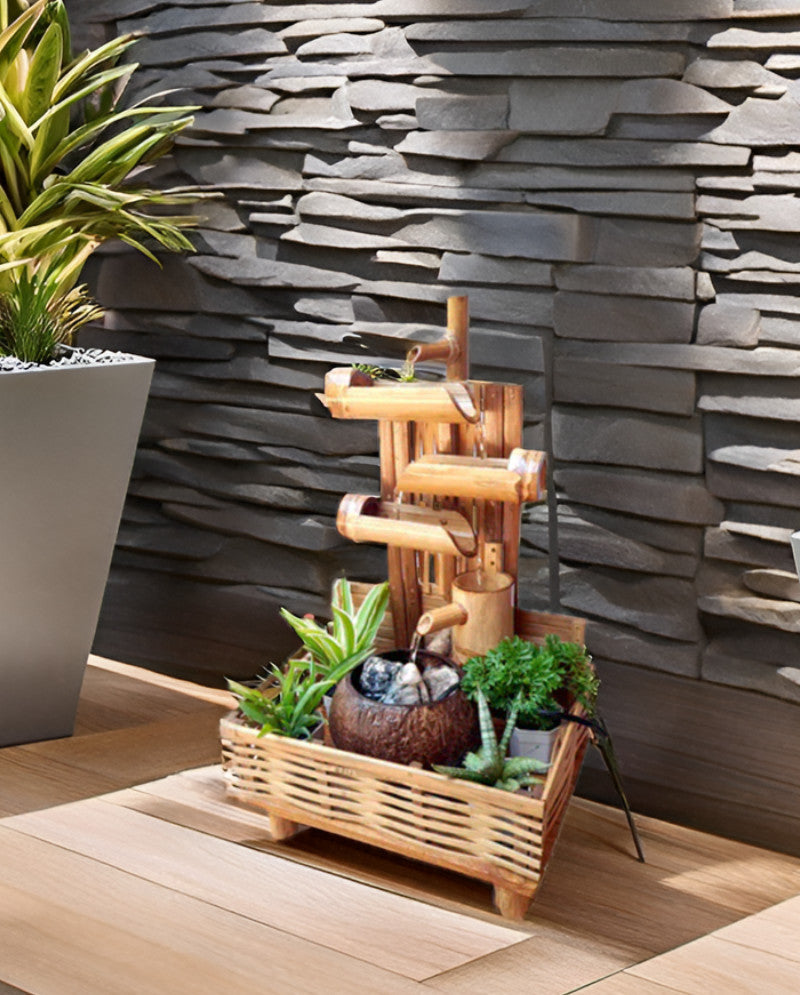
Budgies(parakeets) - All you need to know about them.

They are also known as a parakeet in other parts of the world including the USA.
Baby budgies can be easily identified as the feathering on top of their head has a series of bars that continue down to the cere. The cere is the fleshy area above the beak where the nostrils (nares) are located. When the bird reaches the age of 8-12 weeks the bars start to gradually malt out until eventually the top of the head is completely clear color. Unfortunately, it is not possible to guarantee the gender of a budgie at an early age but after the age of about 3 months old, the cere has turned blue for a cock bird or brown for a hen.
Your new bird will be handed to you in a small “pet box”. This is the best method of transportation and ensures that your budgie will remain safe and protected until you are ready to install him in his new home. It is not advisable to transport birds in uncovered open cages. The little budgie bird is one of the most popular pets in the world, ranking just behind dogs and cats, and it's no wonder. This affectionate, cute bird is small and inexpensive, and if trained properly a budgie can mimic human speech. The origin of its formal name―budgerigar―is a mystery, but by any name, this little bird is a charming companion for most pet owners.
A Guide to Pet Budgie Birds
Budgies aren't all fun and games, though, so before you bring one home, make sure you're not in for any surprises. Here are some key things to know about budgie birds.

- Diet - Since they're small, budgies are relatively inexpensive to care for and feed. But contrary to popular belief, a diet consisting only of seeds is not good for a small bird like a budgie, and can even cause health problems. Instead, veterinarians recommend a budgie diet that includes pellets and fresh fruits and vegetables including leafy greens. It's OK to feed budgies a small number of seeds as part of this diet, as long as the base of their diet is pellets, vegetables, and small amounts of fruit. Cuttlefish and mineral blocks should also be offered, as these provide calcium, other minerals, and trace elements that may be lacking in the seed diet. Small quantities of fresh green food may also be provided in the form of well-rinsed pieces of fruit and/or vegetables. Always rinse this food as it is possible for residual toxic pesticides to remain on some produce.
- Caring for Your Budgies - Budgies tend to be tame, respond well to regular, gentle handling, and can be very affectionate, Additionally, they are not as loud as many other parrot species and can develop surprising vocabulary. Depending on the individual bird and the amount of training they receive, budgies are capable of learning dozens or more words in different languages. Even though budgies are known for being quieter parrots, they may still be noisy and are very messy — a trait of virtually all birds. As with any pet, budgerigars require a big commitment, including a lot of attention to socialize them, safe housing, and proper nutrition.
Parasitic mites can be another problem that may arise. These mites feed on the blood of your budgie and can be seen on perches where they rest during the day and appear as a small red blob. They are easily treated with a spray that can be obtained from your Just For Pets store.

